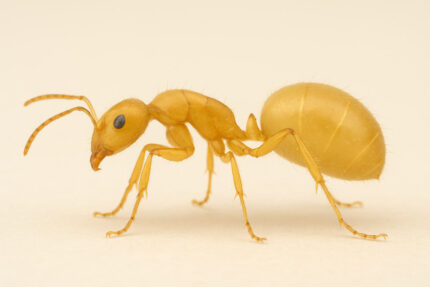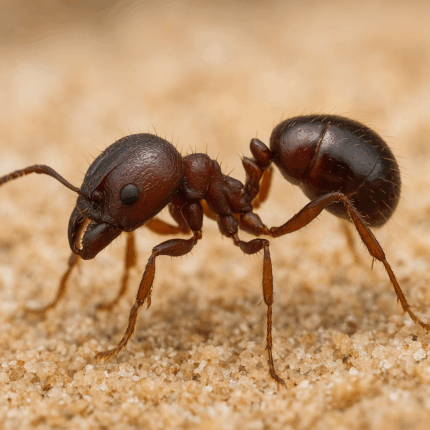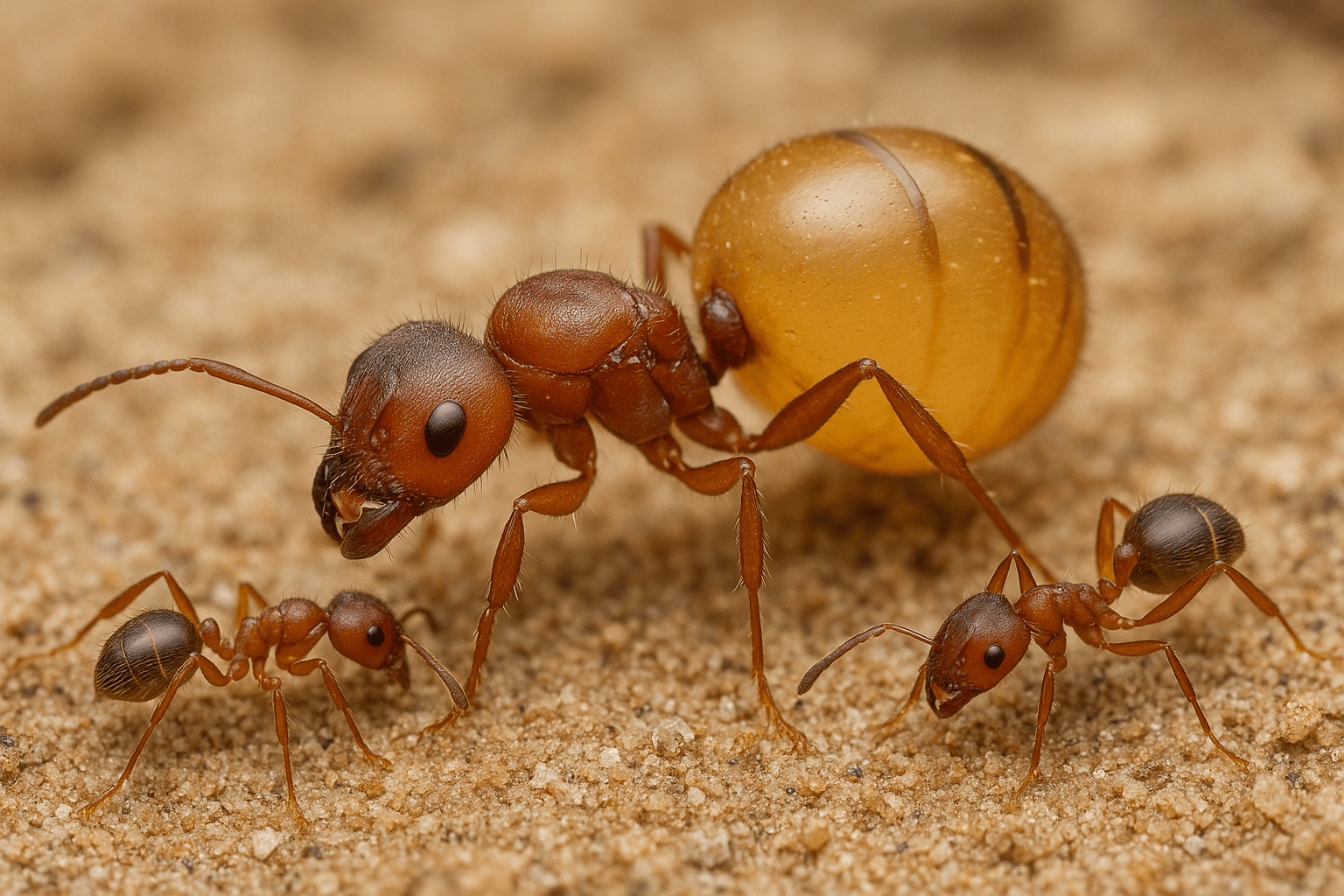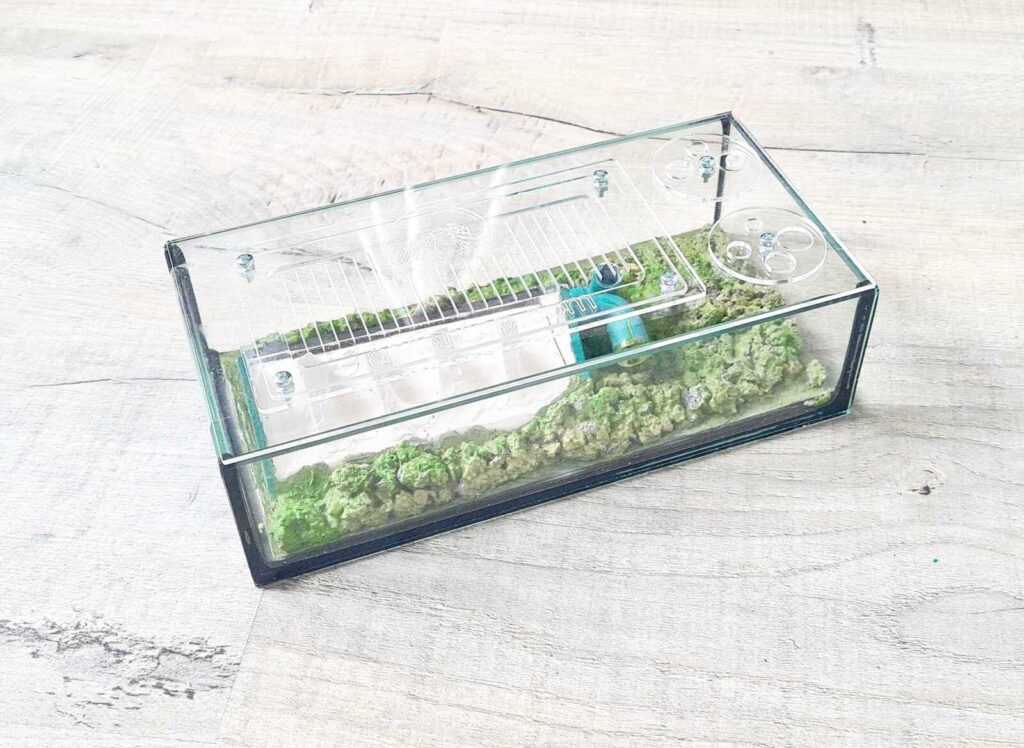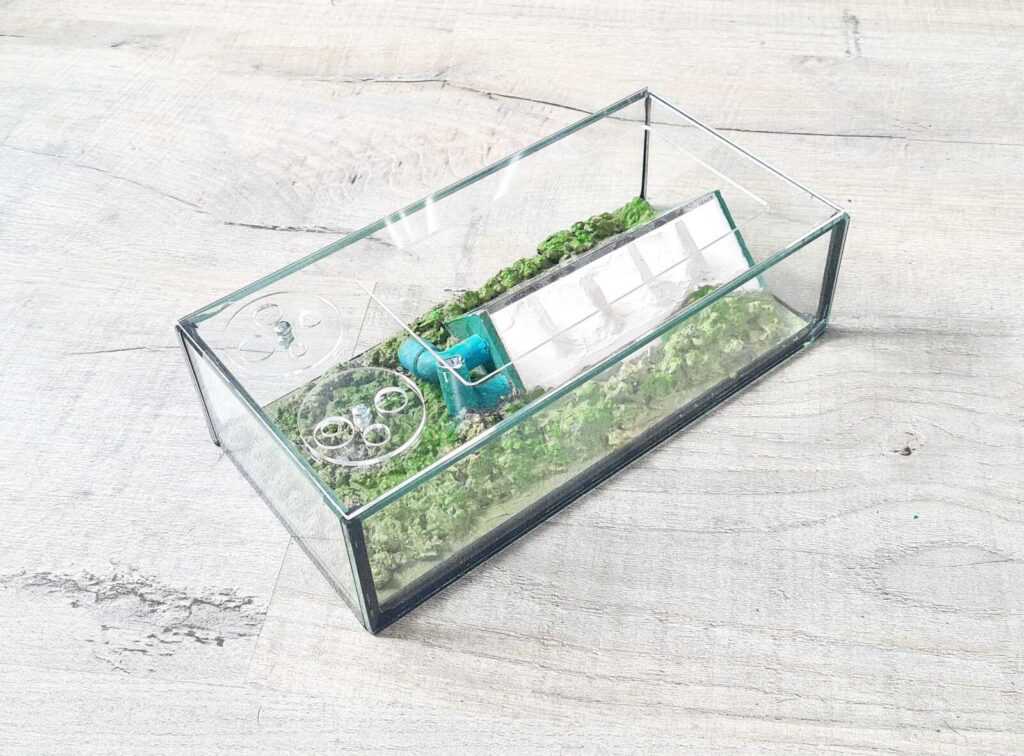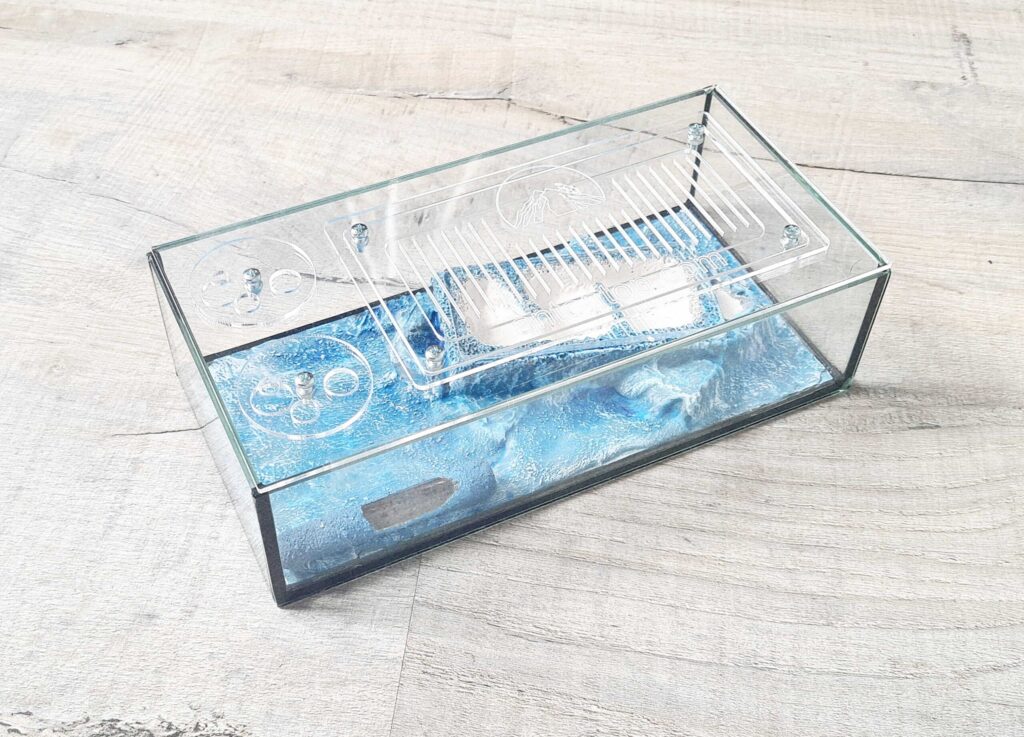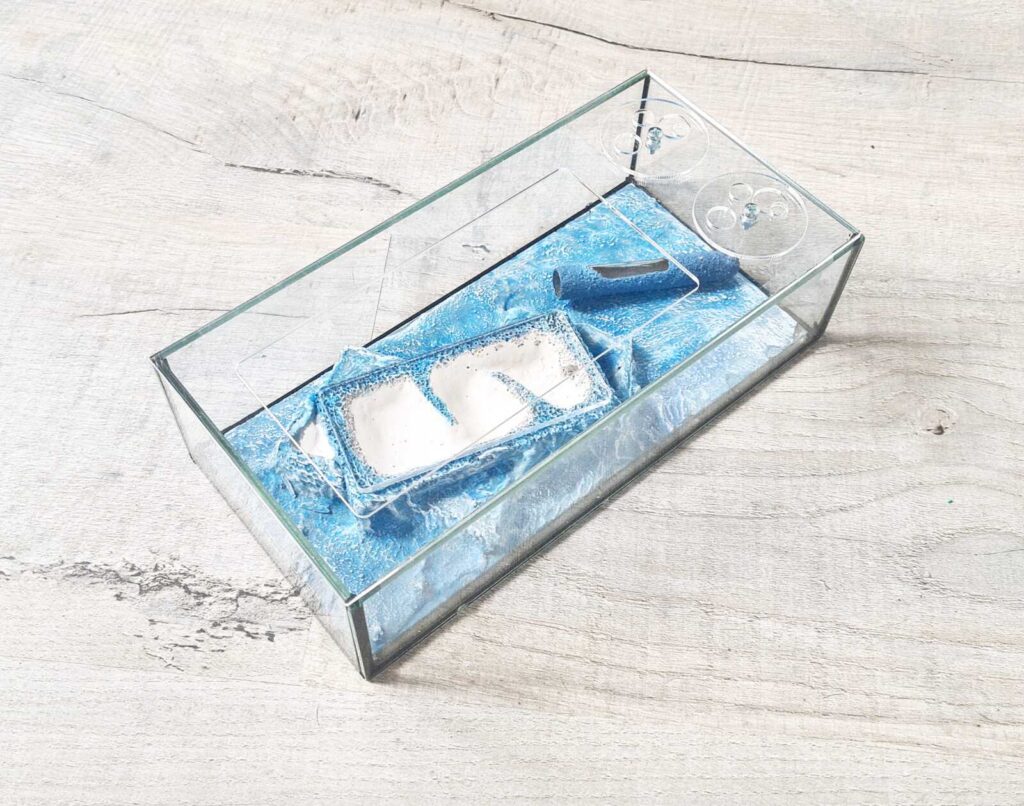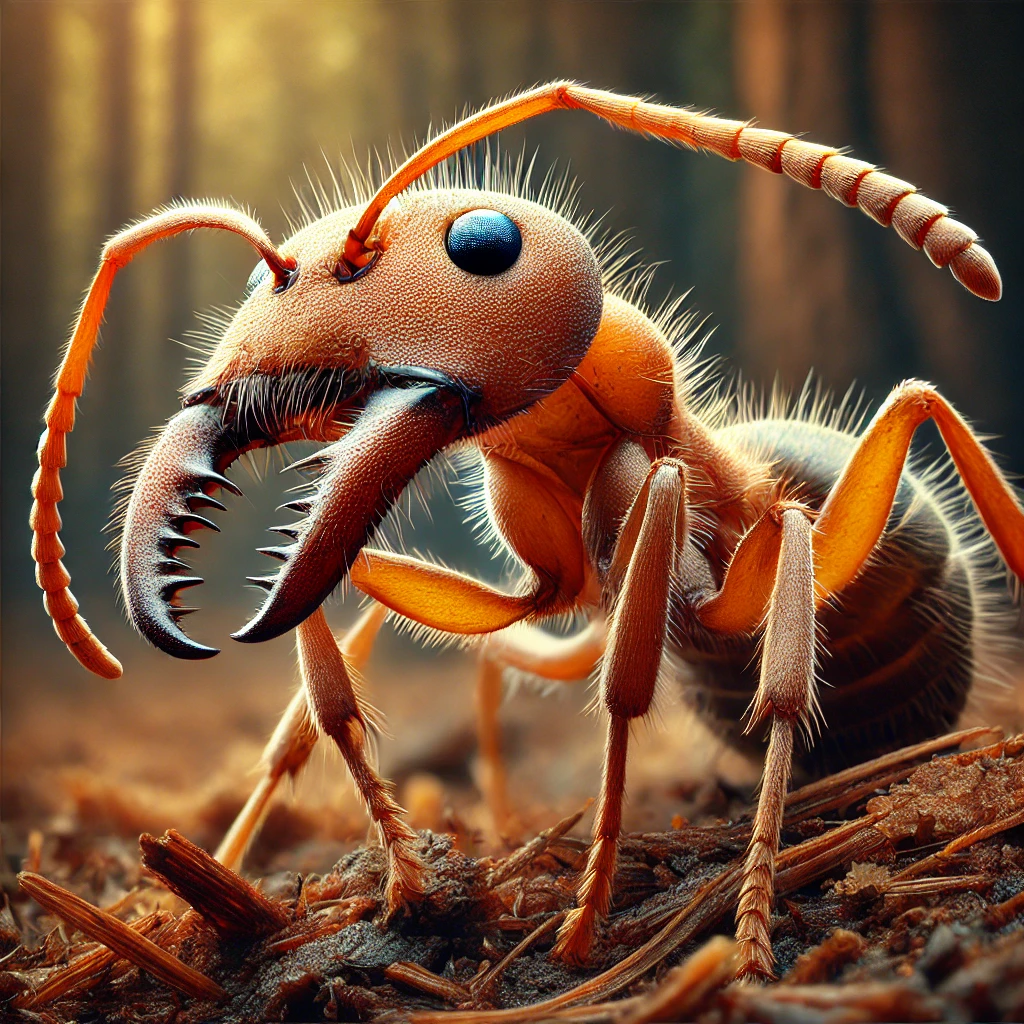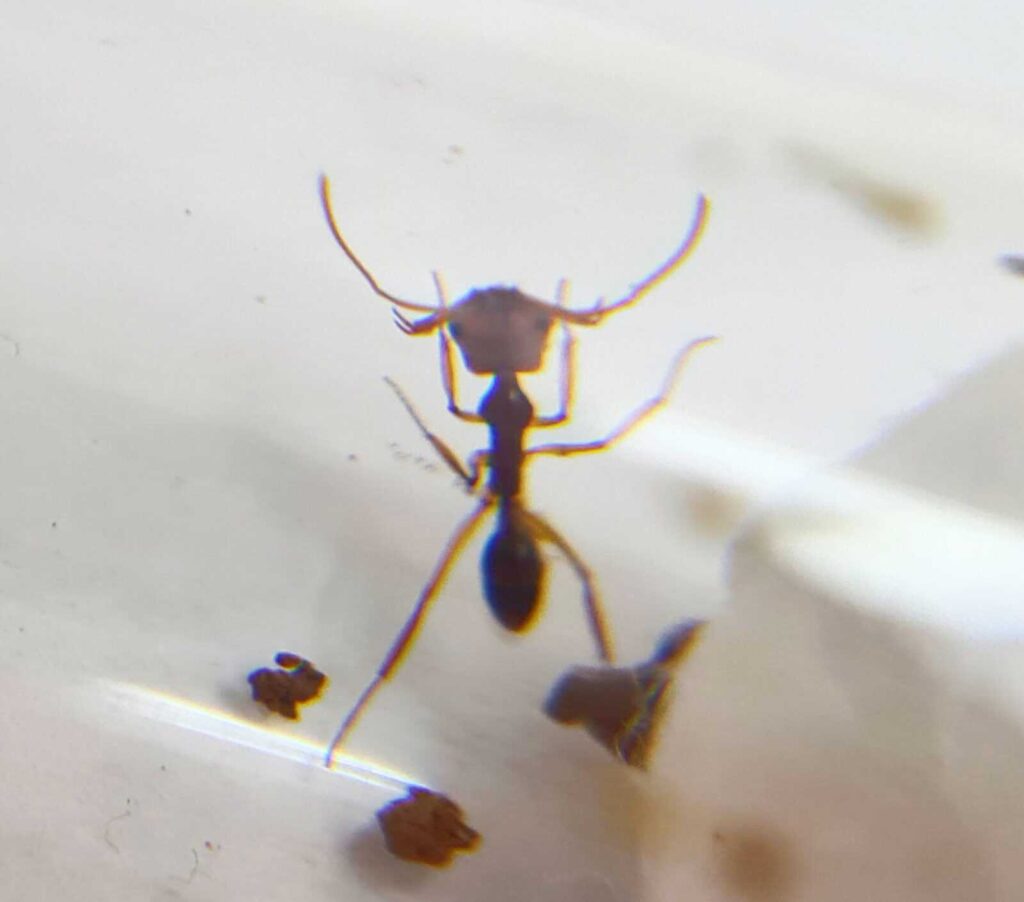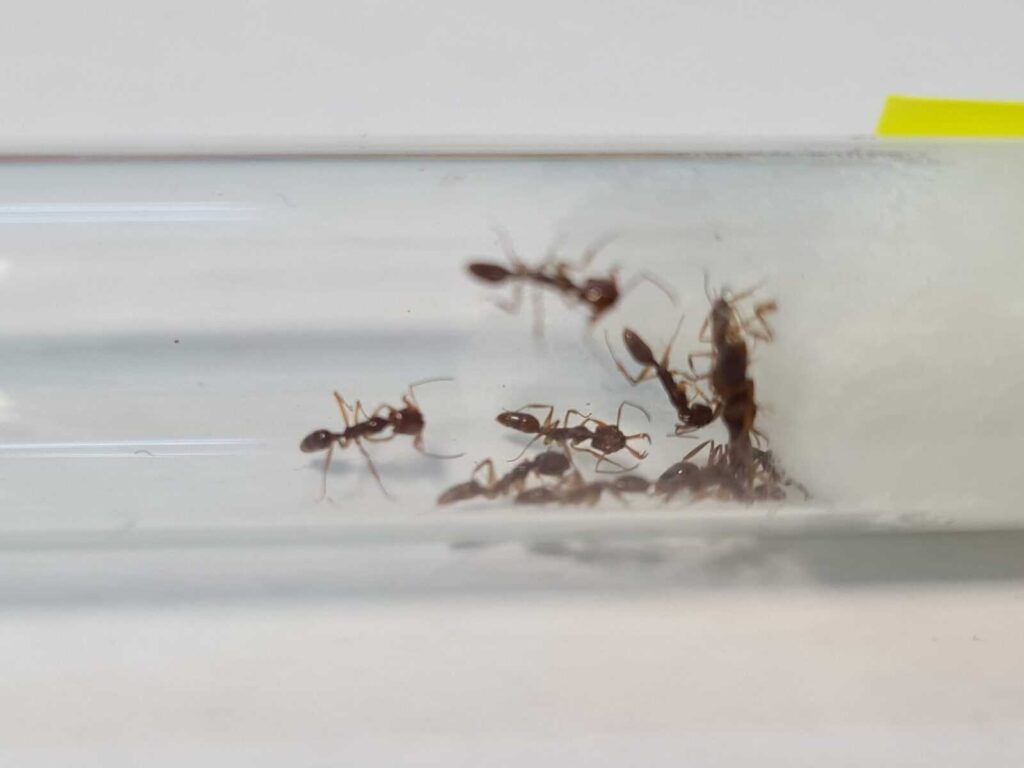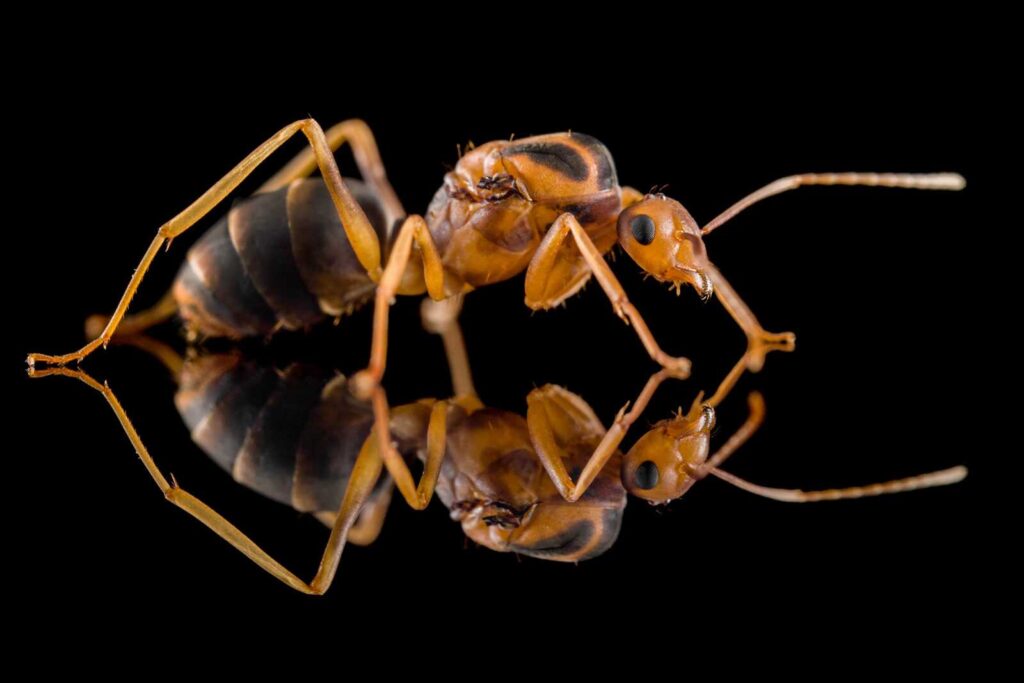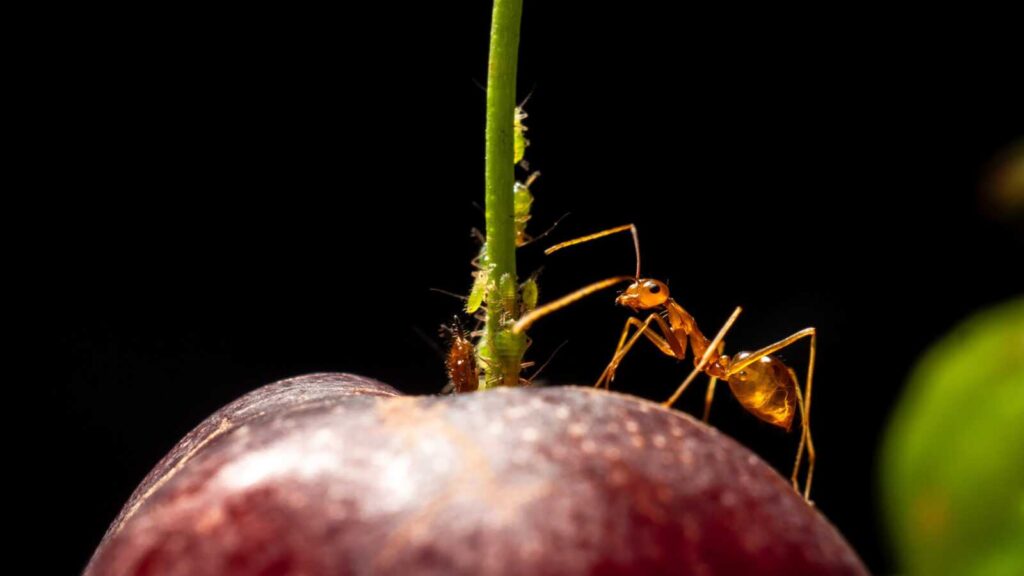Myrmecocystus romainei
699,90 zł
Worldwide shipping
Free delivery over 500 PLN
The highest quality of goods
Live delivery guarantee
24/7 Personal Support
Fair Prices
Description
Myrmecocystus romainei is a rare, monogynous ant species native to arid regions of the southwestern United States. It is notable for its honey pot workers (repletes) that store liquid food in their swollen gasters. The queen measures around 11–12 mm, and workers range from 4–8 mm. This species typically shows a reddish to tan coloration, with a darker gaster. Like other Myrmecocystus, it thrives in warm, dry environments and has a medium development rate.
Additional information
| Behavior | |
|---|---|
| Difficulty in breeding | |
| Origin | |
| The size of ants | |
| Wintering |
Myrmecocystus romainei Care Sheet
Colony Type: Monogynous
Colony Size: Up to 6,000–8,000 workers
Development Speed: Medium
(Growth accelerates with consistent heat and protein-rich diet)
Size:
• Queen: 11–13 mm
• Workers: 4–8 mm
Coloration:
Myrmecocystus romainei typically has a reddish to orange-brown head and thorax with a dark brown or black gaster. The contrast in coloration, combined with fine body hairs, gives the ants a slightly fuzzy and matte appearance. Their repletes become notably large and golden when filled.
Diet:
• Insects (e.g., crickets, fruit flies, mealworms – dead or live)
• Syrup (4:1 water to honey or sugar)
• Fruits (apple, grape, banana, melon)
• Protein jelly
• Cooked, unsalted protein (chicken, shrimp, egg white)
Tip: Offer a variety of sugars and proteins to support replete development and healthy brood.
Environmental Conditions
• Humidity:
Arena: 40–60%
Nest: 50–70%
• Temperature:
Arena: 24–32 °C
Nest: 23–27 °C
Desert-adapted: thrives in warm, dry conditions but still requires some nest moisture for brood development.
Unique Traits of Myrmecocystus romainei
Romainei is a true honey pot ant species, producing large repletes that serve as living reservoirs of sugary fluids. These repletes suspend from the ceiling of the nest, storing food for use during dry or resource-scarce periods. The bright golden abdomen of filled repletes makes this species visually stunning.
Colonies are active, curious foragers, often seen forming well-defined foraging trails. While not overly aggressive, they can defend their nest when disturbed.
Nesting Recommendations
Ideal nest types include:
• Acrylic nests with vertical space for repletes
• Plaster nests with hydration chambers
• Aerated concrete (YTONG)
• Naturalistic sand-clay or cork nests (if well ventilated)
Ensure the nest has enough ceiling space or vertical chambers to allow repletes to hang freely.
Summary
Myrmecocystus romainei is a desert-dwelling honey pot ant that combines active foraging behavior with stunning visual traits. Their replete formation and balanced growth rate make them a rewarding species for keepers with moderate experience. Proper temperature, varied diet, and appropriate nest design will lead to a healthy and fascinating colony.


